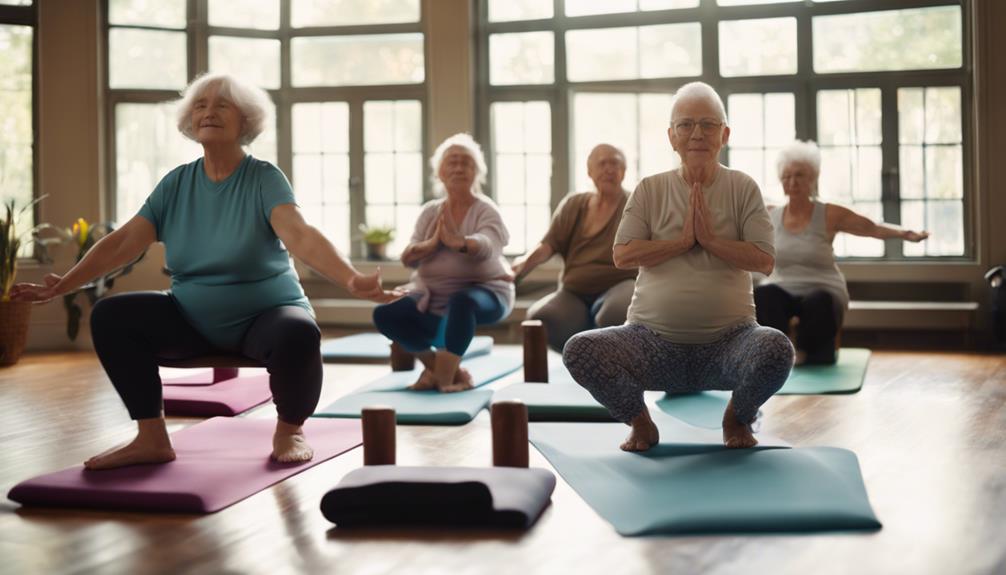Hot Yoga

Hot yoga is a dynamic and invigorating practice that has gained immense popularity across the globe. With its unique combination of heat and yoga, this style not only enhances physical fitness but also promotes mental well-being. In this comprehensive guide, we will explore the various aspects of hot yoga, including its benefits, techniques, and tips for beginners. Whether you are a seasoned practitioner or a curious newcomer, this article will provide valuable insights into the world of hot yoga.
What is Hot Yoga? Understanding the Basics
Hot yoga typically involves practicing yoga in a heated room, where temperatures usually range between 80°F to 105°F (27°C to 40°C). This environment is designed to elevate the heart rate, enhance flexibility, and detoxify the body through sweating. Unlike traditional yoga, which may be practiced in a standard room temperature setting, hot yoga incorporates elements of heat to deepen the practice and challenge the body. Various styles of hot yoga exist, including Bikram yoga, which follows a specific sequence of 26 poses, and other styles that offer more flexibility in terms of poses and sequences.
The Health Benefits of Hot Yoga
Engaging in hot yoga comes with a myriad of health benefits that cater to both the body and mind. One of the primary benefits is improved flexibility. The heat helps loosen muscles and joints, allowing practitioners to achieve deeper stretches. Additionally, hot yoga can enhance cardiovascular health by increasing the heart rate and promoting circulation. Another significant benefit is its ability to aid in detoxification. As the body sweats profusely during a session, toxins are expelled, leaving the skin refreshed and rejuvenated. Moreover, practicing hot yoga can alleviate stress and anxiety, promoting mental clarity and emotional stability.
Is Hot Yoga Safe? Considerations and Precautions
While hot yoga offers numerous benefits, it is essential to approach the practice with caution. The increased heat can pose risks, especially for individuals with certain health conditions, such as heart disease or respiratory issues. It is crucial to stay hydrated before, during, and after class to prevent dehydration. Beginners should listen to their bodies and take breaks as needed. If you experience dizziness, nausea, or any discomfort, it is advisable to exit the class and cool down. As a precaution, it is recommended to consult with a healthcare professional before embarking on a hot yoga journey, particularly if you have pre-existing health concerns.
Hot Yoga Techniques: What to Expect in Class
A typical hot yoga class may vary depending on the style and instructor, but there are some common techniques that you can expect. Classes usually begin with a gentle warm-up to gradually acclimate the body to the heat. Following this, instructors often guide participants through a series of poses that may include standing postures, balances, and seated stretches. Breathing techniques, known as pranayama, are also emphasized to enhance focus and relaxation. Hot yoga classes can last anywhere from 60 to 90 minutes, and it is common for instructors to incorporate mindfulness practices, allowing students to connect deeply with their bodies and breath.
Essential Gear for Hot Yoga: What to Bring
Preparing for a hot yoga class requires some essential gear to ensure a comfortable and effective experience. First and foremost, a good-quality yoga mat with excellent grip is crucial, as the heat can make surfaces slippery. Additionally, wearing breathable, moisture-wicking clothing will help you stay cool and comfortable during practice. A large towel is also recommended to place over your mat and to soak up sweat. Don’t forget to bring a water bottle to stay hydrated throughout the session. As you become more experienced, you may also want to invest in props such as blocks and straps to support your practice.
Hot Yoga for Beginners: Tips to Get Started
If you are new to hot yoga, taking the plunge can be intimidating. However, with the right mindset and preparation, you can ease into this invigorating practice. Start by researching local studios that offer beginner-friendly classes. It’s beneficial to attend a class specifically designed for newcomers, where instructors can guide you through the basics. Arriving early will give you time to acclimate to the heat and ask questions. During the class, focus on your breath and listen to your body—there’s no need to push yourself into challenging poses right away. Remember, consistency is key, so try to incorporate hot yoga into your weekly routine for the best results.
Hot Yoga: A Community Experience
One of the most rewarding aspects of hot yoga is the sense of community that often develops among practitioners. Whether you attend classes at a local studio or join an online session, the shared experience of practicing together fosters connections and friendships. Many studios host events, workshops, and challenges that encourage participants to deepen their practice and engage with others. Joining a hot yoga community can also provide motivation and support, helping you to stay committed to your fitness journey.
Conclusion: Embrace the Heat with Hot Yoga
Hot yoga is more than just a workout; it’s a holistic practice that nurtures both body and mind. With its numerous benefits, techniques, and supportive community, hot yoga offers an opportunity for growth and transformation. By understanding the essentials of hot yoga and taking the necessary precautions, you can embark on a fulfilling journey that enhances your overall well-being. So, roll out your mat, embrace the heat, and discover the countless rewards that hot yoga has to offer. Whether you’re looking to improve flexibility, detoxify your body, or simply unwind, hot yoga is a powerful practice that can enrich your life in many ways.
By following the insights shared in this article, you’ll be well-equipped to dive into the invigorating world of hot yoga. Happy practicing!Is Yoga Pagan